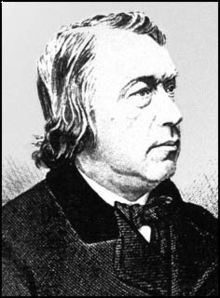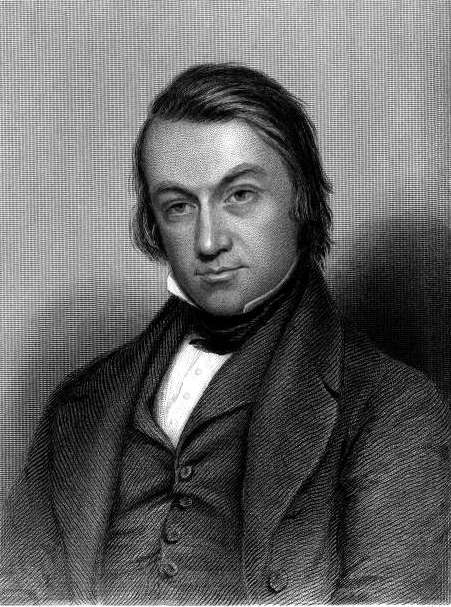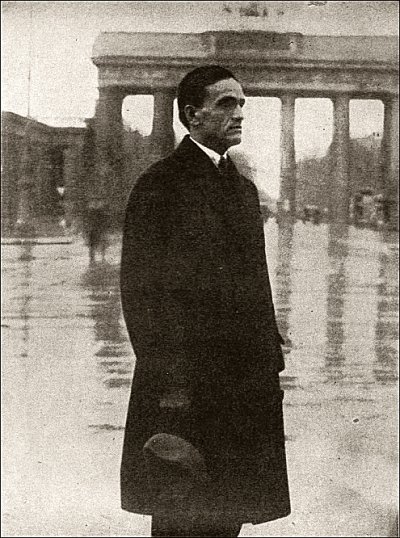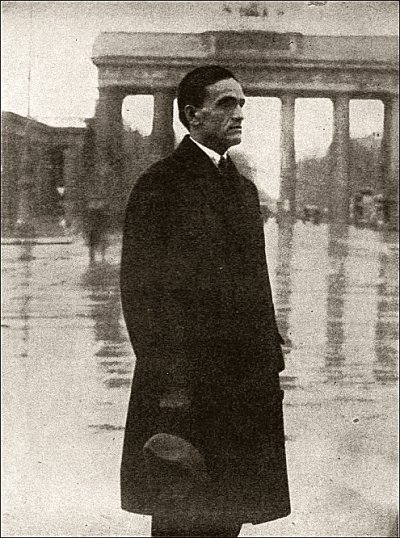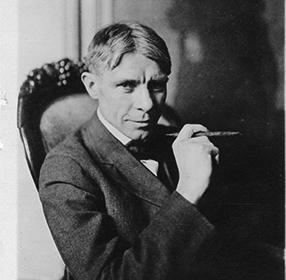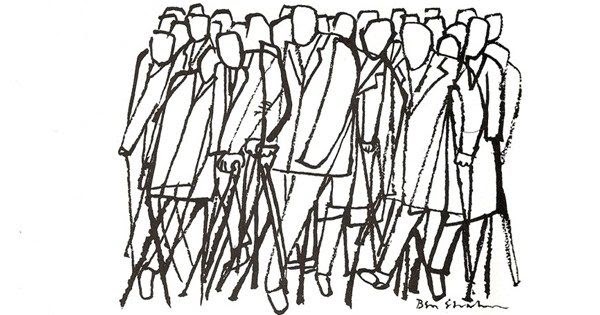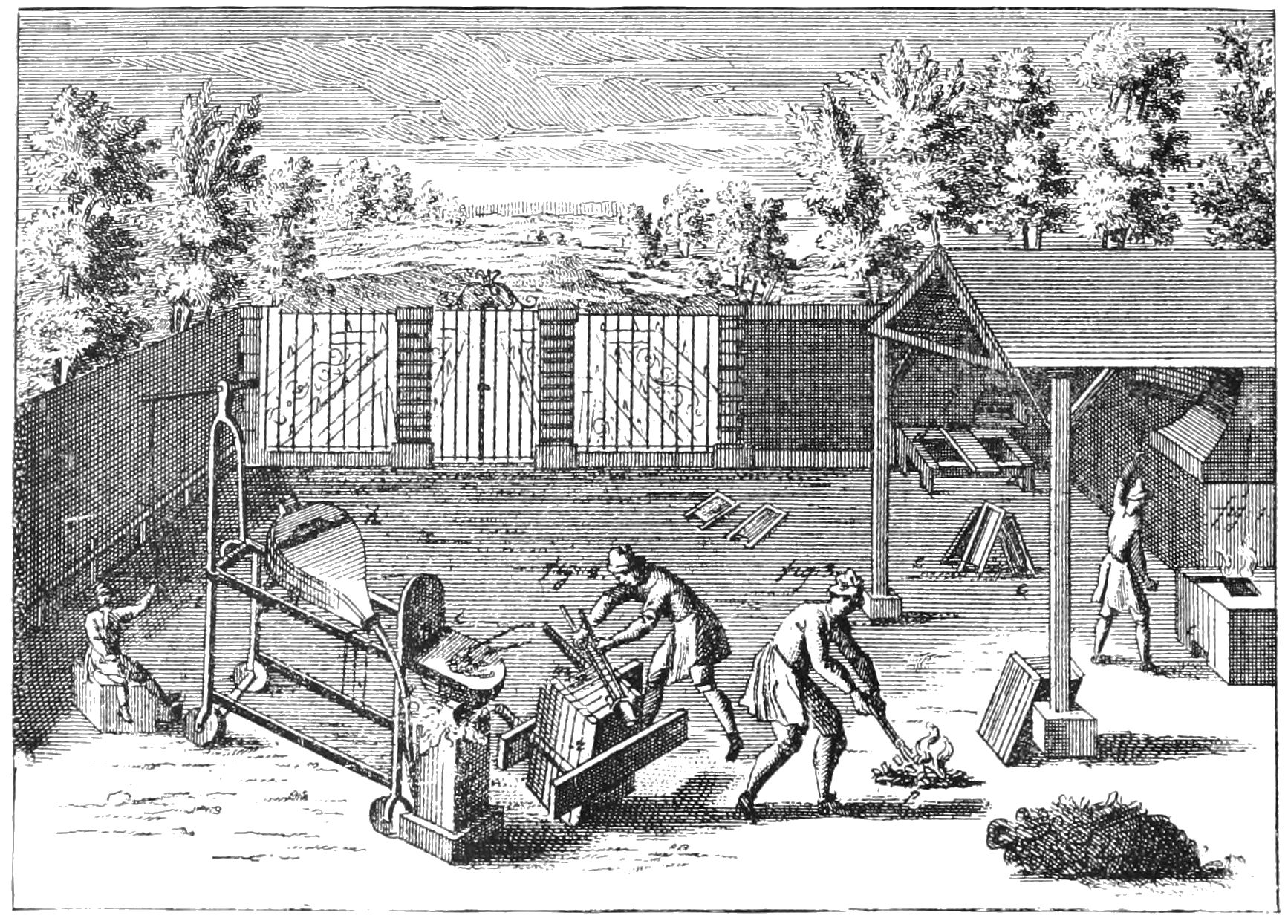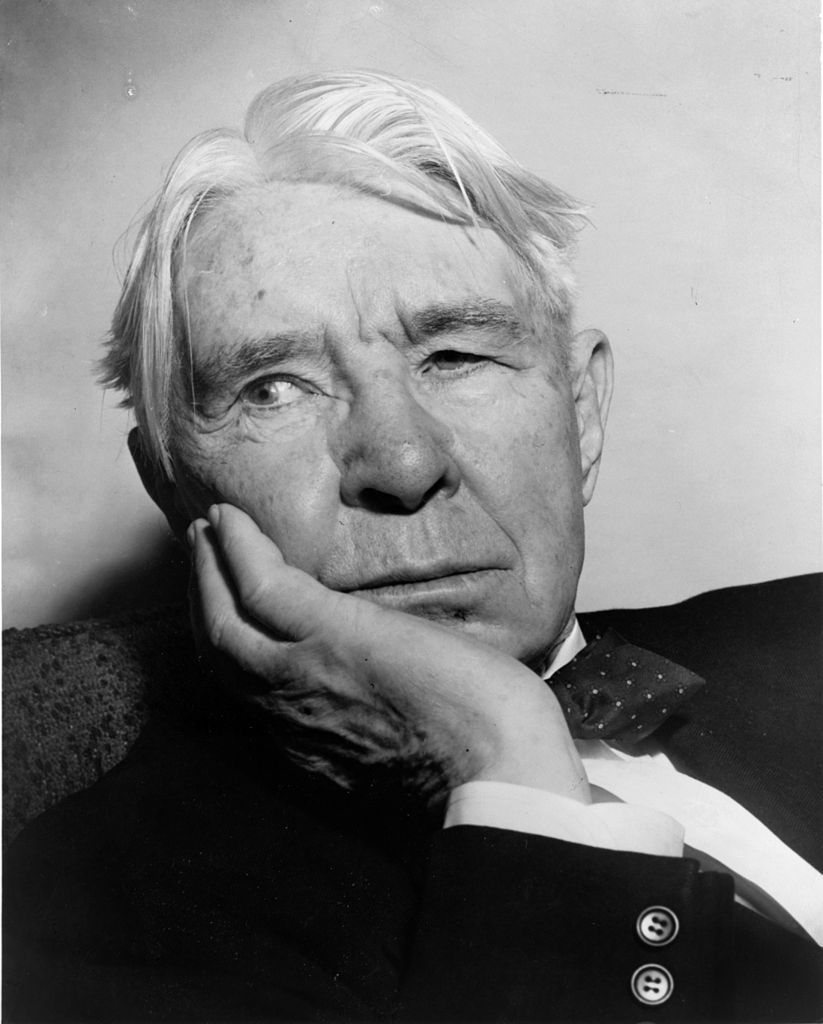Carl Sandburg- Carl August Sandburg born on January 6, 1878, was a renowned American poet, writer and editor. He was also the possessor of three Pulitzer Prizes: out of which two were for his poetry and one for his biography of Abraham Lincoln. He was widely popular and was regarded as “a major figure in contemporary literature”. His works such as Chicago poems (1916), Cornhuskers (1918) and Smoke and Steel (1920). His extensive experience and exposure to life contributed to his works, an area where he enjoyed an unrivalled appeal as a poet. He was born in a three-room cottage at 313 East Third Street in Galesburg, Illinois. At the age of thirteen he left school and began driving a milk wagon. He had started his career as a journalist for the Chicago Daily News. Later on he started indulging himself in poetry writing and other forms of writing such as history, biographies, novels, children’s literature and also film reviews. He spent most of his life in the Midwest before he migrated to North Carolina. Eventually, he volunteered to go to the military and was stationed in Puerto Rico during the Spanish American War. He got married to Lilian Steichen in 1908. In 1919 he received a Pulitzer Prize for his collection Cornhuskers. President Lyndon B. Johnson had observed that “Carl Sandburg was more than the voice of America, more than the poet of its strength and genius. He was America”.
Poetic Devices in Calls-
Metaphor: The entire first stanza is full with metaphors. The poet compares his calling out with that of a flame flamingo, next he compares it with “the want of a spotted hawk is called”.
Hyperbole: The last stanza is a bit of exaggeration where he says he is waiting with the flame flamingo, the spotted hawk, the running warbler; that is, he, being a mere human, compares himself with the birds.
Summary of Calls-
The speaker is evidently waiting for someone, and is calling out for the person just as “the flame flamingo calls”, just as “the want of a spotted hawk is called”. It is a call of longing and the speaker desperately needs the person. He moves on to describe how another species of bird, the warblers “shoot the running waters of short songs to the homecoming warblers”. The cry of these birds is for their mates, for whom they are waiting for. The speaker too is waiting for that someone, just like “the flamingo, the spotted hawk, the running water warbler”.
Critical Analysis of Calls-
Sandburg is known for using free verse and this poem is no different. It is a simple and short poem. He has used the image of three birds, “the flame flamingo”, the “spotted hawk” and “the running warbler”. Flamingos are known for their strong bong between the mates. The poem starts with the word “Because” which directly points out that the poet is already convinced that he will get whatever he is waiting for, he is just trying to reason out with his readers. He is adamant and is stubbornly waiting for it. He has already acted as he says “I have called you as a flame flamingo or the want of a spotted hawk is called”. All he needs to do now is to wait, just as the running warbler waits for his mate, the homecoming warbler. Line 8 and 9, to an extent, can be taken to make the readers understand the concept of mating among the animals. Whether it is the penguins that wait for their partners or some birds that die of pain of the death of their partners, mating among the animals are more close to the concept of meant to be. It can also be read as love has no restrictions, it cannot be bounded by the barrier of language or culture or even countries. It is a bond of heart to heart, hence “wing to wing and song to song”. In the last stanza, the readers meet a determined poet, who doesn’t look like he is going to budge from his determination. He is waiting for the one who is meant to be with him. He has done his part by calling out for her, now he is going to wait for her.
Central Idea of Calls-
The poem is short and precise. Simple words have been used to bring out the idea of the poem. Three major examples from the world of the birds have been used to prove it to the readers that the poet’s decision to wait is natural and nothing unexpected or out-of-ordinary. Central to the poem is love and faith in love. Whoever the poet has decided to wait for is loved by the poet, even if the person is just an idea or an illusion. He has faith in himself and his love, and has decided to wait just as “the flame flamingo”, “the spotted hawk” and “the running water warbler”.
Tone of Calls-
The confidence and determination that the poem depicts transcends the same into the reader. Initially when the birds are introduced the poet just puts facts on the table, and the reader might get confused but the conclusion makes it clear to the reader, what the poet means. By the end of the poem whether the reader agrees with this kind of determination or not, he is convinced that the poet isn’t wrong and that it is quite natural to wait for the mate. There is no shift in the tone of the poem; it begins with a confident tone, which in fact comes across as more enhanced in the last stanza. When the reader comes across the speaker he is already convinced and is sure about his decision, he doesn’t question it even once. Rather he is out to convince the reader of his decision to wait.
Conclusion- The poem fills the reader with the beautiful feeling of love and passion. The poem which initially doesn’t make much sense, by the end convinces the reader, that the waiting is worth its price. The poem radiates positivism and also reflects the happy mood of the poet.
Some online learning platforms provide certifications, while others are designed to simply grow your skills in your personal and professional life. Including Masterclass and Coursera, here are our recommendations for the best online learning platforms you can sign up for today.
The 7 Best Online Learning Platforms of 2022
- Best Overall: Coursera
- Best for Niche Topics: Udemy
- Best for Creative Fields: Skillshare
- Best for Celebrity Lessons: MasterClass
- Best for STEM: EdX
- Best for Career Building: Udacity
- Best for Data Learning: Pluralsight
